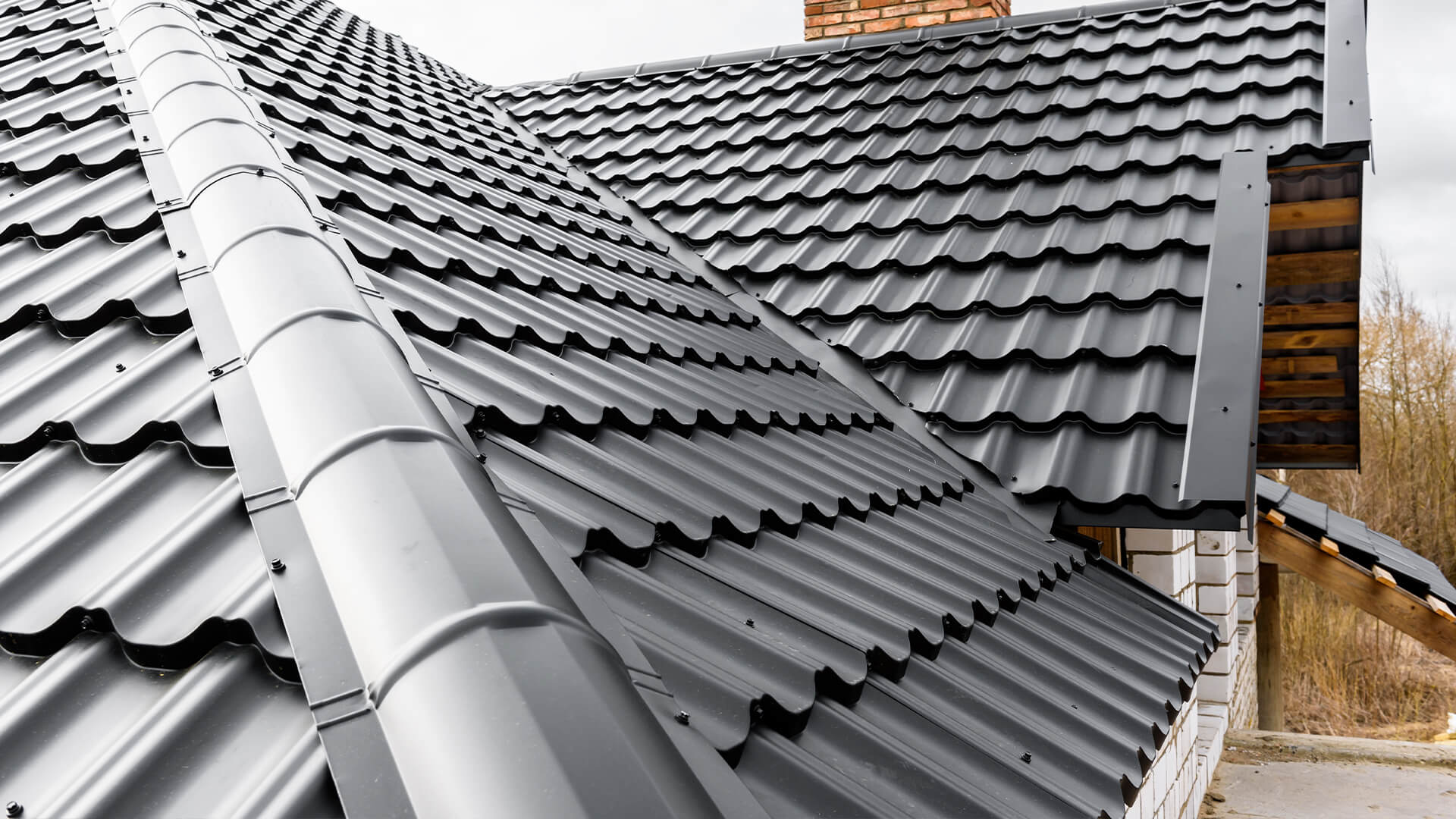A Comprehensive Look at Roofing Companies Gainesville Locals Recommend
Wiki Article
Best Practices for Ensuring Proper Roofing Ventilation
Guaranteeing appropriate roof ventilation is important for the longevity and performance of a roof covering system. A balanced consumption and exhaust air vent proportion, generally 1:300, plays an essential role, with consumption vents preferably put at the reduced edge of the roof covering for trendy air access and exhaust vents at the peak for warm air leave. Routine evaluations to recognize clogs and keep clear airflow are extremely important. Additionally, maintaining insulation away from vents is vital to stop air flow constraint. Understanding these fundamental aspects sets the stage for even more thorough understandings right into installation and maintenance practices that can considerably boost your roof covering system's performance.Understand Ventilation Basics
Appropriately understanding air flow basics is important for guaranteeing the long life and effectiveness of roof. Effective air flow alleviates wetness buildup and temperature extremes in the attic room, both of which can cause significant architectural damage gradually. A well-ventilated roof assists in stopping usual issues such as mold and mildew growth, timber rot, and ice dams, which can jeopardize the honesty of the roof covering products and the underlying structures.The key goal of air flow is to promote the activity of air, permitting a regular exchange between the exterior and indoor environments. This balance is achieved with a mix of intake and exhaust vents that interact to keep optimal airflow. Consumption vents, typically situated along the soffits or eaves, allow fresh air to go into the attic room space, while exhaust vents, frequently situated at or near the roof covering ridge, make it possible for warm, humid air to run away.
Trick factors influencing the efficiency of roofing system ventilation include proper positioning, appropriate sizing, and making certain that both intake and exhaust vents are unhampered. Routine examination and maintenance are crucial to determine potential blockages, damage, or inefficiencies in the air flow system, therefore protecting the roof's performance and durability.
Types of Roof Vents
Roofing system vents play an important duty in maintaining reliable attic ventilation and, by extension, the overall wellness of the roofing system. Different types of roofing vents are offered, each with unique benefits customized to specific roof covering requirements.
Soffit vents are mounted under the eaves and operate in tandem with roofing vents to make certain a well balanced intake and exhaust system. By enabling cooler air to get in from below, soffit vents facilitate the expulsion of warm air via top vents. Gable vents, located on the outside wall surfaces of the attic room, deal another reliable service, specifically in homes with saddleback roofs.
Assess Your Present Air Flow

Next, consider the age and condition of your roof products and ventilation parts. Older systems might not abide by current building regulations or might have worn away gradually, reducing their performance. Conduct an extensive exam to recognize Full Report any type of indicators of wear and tear, such as corrosion, damages, or voids that can compromise the system's efficiency.
Furthermore, measure the attic temperature level and moisture levels. High temperatures and humidity can indicate poor ventilation - gainesville roofing companies. Utilize a hygrometer and thermometer to get exact analyses, contrasting them with outside conditions. Consistent disparities recommend potential problems that require dealing with.
Setup Best Practices
Efficient installment of roof air flow systems is critical for making certain optimal efficiency and durability. Proper installation begins with understanding the certain air flow requirements of the roof and the structure it covers. This entails computing the appropriate ratio of intake to exhaust vents, commonly sticking to the 1:300 guideline, which specifies one square foot of air flow for each 300 square feet of attic floor room.
Intake vents should be installed at the roof covering's lower edge, usually in the soffits, to allow awesome air to go into. Exhaust vents, on the other hand, must be mounted near or at the roof's optimal to assist in the exit of cozy, damp air.
Seal all air vent links meticulously to avoid air leakages and prospective water seepage. Use premium products and follow manufacturer standards to make certain sturdiness and efficiency. Additionally, incorporating ridge vents with baffles can substantially enhance air movement effectiveness by stopping wind-driven rainfall and snow from going into the attic room.
Ultimately, specific installation of roofing ventilation systems minimizes possible issues such as mold and mildew development, ice dams, and structural damages, making sure the roofing's honesty and the structure's total health and wellness.
Routine Maintenance Tips
Uniformity in upkeep practices is fundamental click here to read to making certain the long-lasting efficiency of roofing ventilation systems. During these examinations, guarantee that vents are free of particles, nests, and various other blockages that could restrain air flow.
Utilize a soft brush or a vacuum cleaner to eliminate dirt and debris from intake and exhaust vents. Be cautious not to damage the vent screens or louvers throughout the procedure.
Correct insulation is similarly essential. Guarantee that attic room insulation does not obstruct the vents, as this can badly restrict airflow. If any insulation has actually shifted or cleared up, rearrange or replace it to preserve an efficient barrier.
Finally, change any kind of harmed or missing out on components without delay. Broken vents, cracked roof shingles, or deteriorated blinking can all add to poor ventilation and ought to be attended to right away. Normal upkeep makes certain that the roofing ventilation system operates optimally, thus extending the life expectancy of the roof covering itself.
Verdict
Making certain proper roof air flow is paramount for preserving the effectiveness and longevity of a roof. Adherence to the 1:300 intake and exhaust air vent ratio, combined with the tactical placement of vents, is necessary. Normal biannual examinations, particles cleansing, and ensuring insulation does not block air movement are critical techniques. Executing these ideal methods will foster a well-ventilated roof, thereby reducing potential concerns connected to moisture accumulation and excessive warmth, ultimately extending the roof covering's life expectancy.A well balanced consumption and exhaust vent ratio, commonly 1:300, plays a crucial function, with intake vents ideally positioned at the reduced edge of the roof for cool air entrance and exhaust vents at the top for cozy air exit. Consumption vents, usually located along the eaves or soffits, enable fresh air to get in the attic area, while exhaust vents, frequently located at or near the roofing ridge, enable warm, moist air to run away.
my website Soffit vents are set up under the eaves and job in tandem with roof covering vents to guarantee a well balanced consumption and exhaust system. By permitting cooler air to go into from below, soffit vents facilitate the expulsion of warm air through upper vents. Adherence to the 1:300 intake and exhaust air vent proportion, combined with the critical placement of vents, is vital.
Report this wiki page